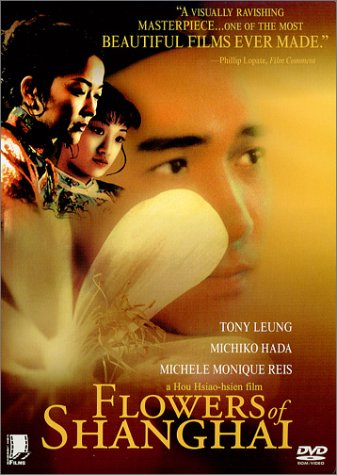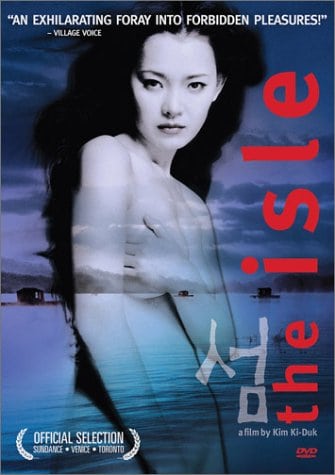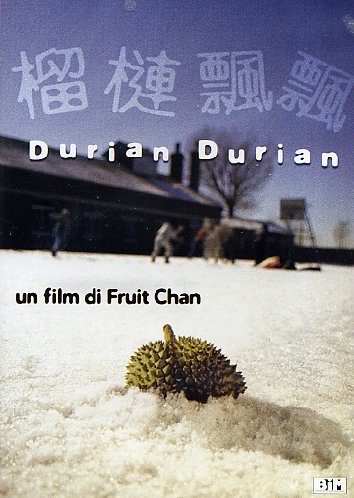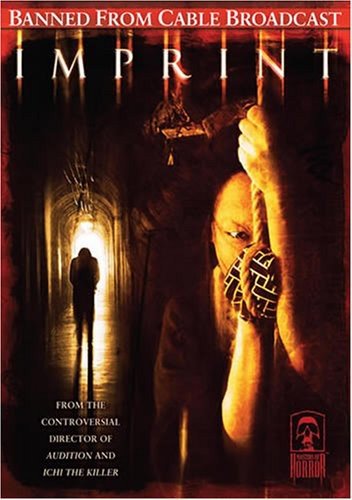11. Flowers of Shanghai (Hou Hsiao-hsen, 1998, Taiwan)

The movie is utterly static, with minimal camera movement and very little action, a style very close to that of a stage play. The negative reviews focused on this element and the total lack of sex or at least passion among the protagonists, thus considering it exceedingly dull. Others though, complimented its cinematography and considered it as Hous most beautiful work.The most distinct element of the cinematography is that every scene looks as if it was lightened solely by candles and oil lambs, resulting in the spectator feeling as if he was peaking at the private moments of the characters appearing on screen. (Panos Kotzathanasis)
Buy This Title
on Amazon by clicking on the image below
12. The Isle (Kim Ki-duk, 2000, S. Korea)
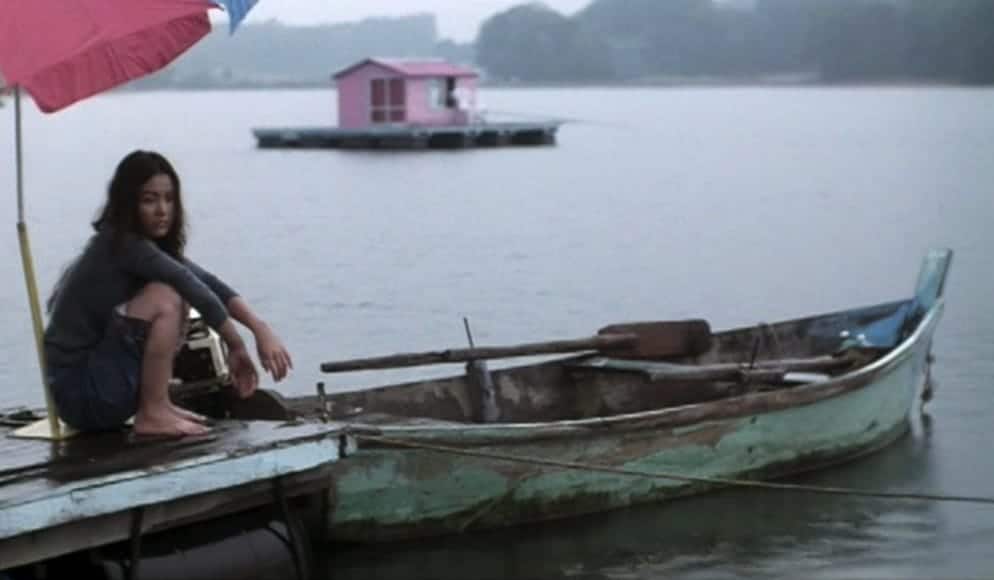
Harmony, a lush landscape and violence go hand in hand in the narrative universe of Kim Ki-duk, a notion already present in previous features like “Birdcage Inn” or “Crocodile”. In “The Isle” the beauty of the landscape is geographical only on the surface, while also providing a fitting mirror to the character's emotions and sexuality, which might also explain the change of seasons and weather during the film's action. In many ways “The Isle” can be seen as a precursor to the director's “Spring, Summer, Fall, Winter … and Spring”, a perhaps even richer examination of the thematic and narrative aspects of “The Isle”. (Rouven Linnarz)
Buy This Title
on Amazon by clicking on the image below
13. Durian Durian (Fruit Chan, 2000, Hong Kong)

Playing with contrasts, metaphors and docu-style observations, “Durian Durian” is yet another significant tile in the larger “Hong Kong mosaic” that Chan's films of the post-handover years, have created. After the marginalized youth of “Made in Hong Kong”, the destructive path of the left behind in “The Longest Summer” and the family and community's economic dynamics in “Little Cheung”, with “Durian Durian” the director goes beyond the subject matter of the the increasing phenomenon of Chinese immigrants working as prostitutes in Hong Kong, to observe the fragile equilibrium between Hong Kong and China, from the perspective of a specific class, and how the social reality translates from one side to the other. (Adriana Rosati)
Buy This Title
on Amazon by clicking on the image below
14. One Night in Mongkok (Derek Yee, 2004, Hong Kong)
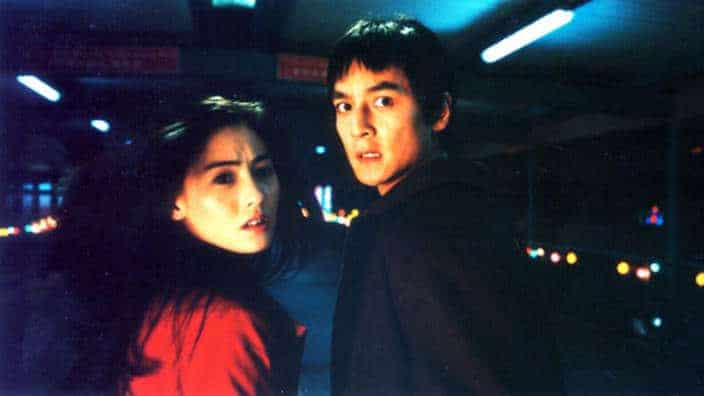
On the night of Christmas Eve in Hong Kong destinies cross and clash in this skillfully orchestrated night thriller that won Hong Kong Film Awards for Yee's direction and screenplay. A mainland assassin is on a mission In Hong Kong; the target is a triad boss and tension is rising after an accident sets in motion an escalation of chaos and deception. Lai Fu (Daniel Wu), the inexperienced hired gun “with a heart”, crosses path with Dan Dan (Cecilia Cheung), a prostitute “with a heart” from the same mainland province. Next step they are on the run together, sticking with each other for mere personal interest while a team of cops led by Officer Milo (an excellent Alex Fong) are on their back, trying to stop the inevitable bloodshed.
“One Nite in Mongkok” is one of those films where the alchemy between storytelling, acting, editing is near-perfect; beside the action and suspense, a special attention on characters development and the way their motives and drives slowly reveal are key elements of its rewarding outcome. Co-starring with the two impossibly handsome protagonists, is Mongkok, the crowded district of Kowloon with its colorful busy streets, dodgy hotels and the iconic elevated walkway that the film has made unforgettable. (Adriana Rosati)
Buy This Title
on Amazon by clicking on the image below
15. Samaritan Girl (Kim Ki-duk, 2004, S. Korea)

“Samaritan Girl” is one of the least violent films from Kim, although the fact does not detract from the cruelty of the movie, which is rather permeating. In this setting, Kim examines a phenomenon that is mostly witnessed in Japan, where schoolgirls have sex with older men to raise money to buy expensive clothes, smart phones, etc. Obviously, Kim takes the side of the girls, presenting them as too young to understand the implications of their actions. On the other hand, he pulls no punches on the depiction of the particular men, who are presented as despicable human beings, a fact stressed even more because most of them have daughters of that age. (Panos Kotzathanasis)
Buy This Title
on Amazon by clicking on the image below
16. Imprint (Takashi Miike, 2006, Japan)

Miike presents a grotesque edition of Japanese folklore and a love story that transforms into something irrational and evil. From the beginning, with the pregnant corpse hanging above a river, to the whore house with the many deformed prostitutes (particularly the narrator), the exceedingly graphic torture scenes that leave nothing to the imagination, and, finally, the elements of incest or pedophilia, this is obviously an extreme movie addressed solely to the most hard-core fans of exploitation and splatter. (Panos Kotzathanasis)
Buy This Title
on Amazon by clicking on the image below
17. Guilty of Romance (Sion Sono, 2011, Japan)

Sion Sono directs and pens a film proving how well he can handle the extreme. His usual tactic of leaving little or nothing to the imagination, finds its peak in “Guilty of Romance”, both in the erotic and the violent scenes. The former are the most exquisite, chiefly due to the physiognomic antithesis of the two main leads: Megumi Kagurazaka, a former gravure idol who plays Izumi is voluptuous, whereas Makoto Togashi, as Mitsuko, borders on anorexic. (Panos Kotzathanasis)
Buy This Title
on Amazon by clicking on the image below
18. The Bacchus Lady (Lee Jae-yong, 2016, S. Korea)
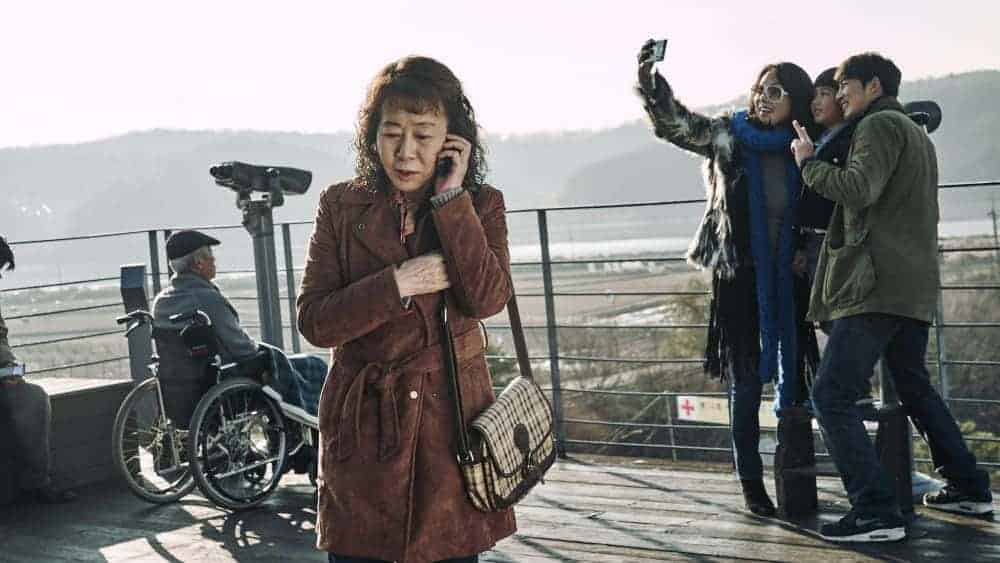
Lee Jae-yong pens and directs a film, which, at least in the beginning, is very hard to watch. Apart from the whole concept of the elderly prostitute, which is not very easy to witness (at least to my eyes), there are also some sex scenes between elderly, which, although feature almost no nudity, are rather graphic, with the realistic sound making them quite difficult to stand. However, as the story progresses, the film becomes more subtle, after having presented realistically, the actual work conditions of these women. After that point, Lee retains a somewhat relaxed rhythm, although the utterly sad ending sets things straight, regarding the reality of So-yeong's life. (Panos Kotzathanasis)
Buy This Title
19. Call Boy (Daisuke Miura, 2018, Japan)

Daisuke Miura directs a movie that uses eroticism in order to present a number of comments, most of which revolve around desire and the true nature of women, with the film examining this topic in almost every age. In that fashion, the movie explores a number of desires that could be easily considered as “fetishes” but in reality are quite more common than anyone would think, although they are usually buried under layers of pretentiousness and a need to appear “normal.” The sincerity and sensitivity Miura addresses these themes is one of the film's biggest traits. (Panos Kotzathanasis)
Buy This Title
20. Three Husbands (Fruit Chan, 2018, Hong Kong)
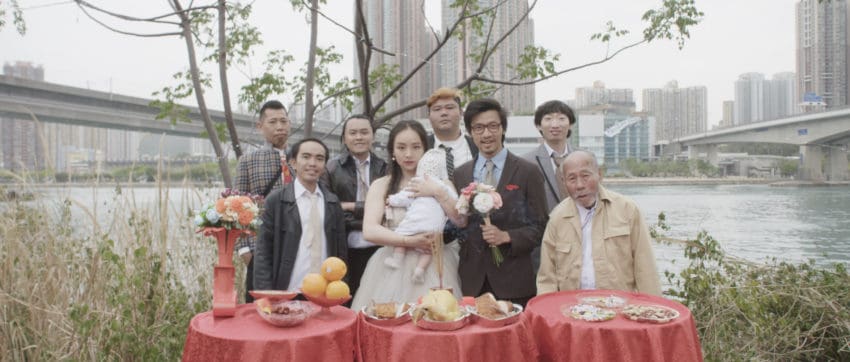
The symbolism of a voiceless whore, for a land that has been repeatedly traded and passed from hand to hand without the chance of saying anything is very clear and in your face, although it's not as easy to assign a role to the three husbands. The film hints at the controversial bridge that would join the three cities of Hong Kong-Zhuhai-Macau, but most probably the three husbands represent the shift of power between different rulers in Hong Kong history, the British, the Beijing and the Semi-autonomous Governments. (Adriana Rosati)


